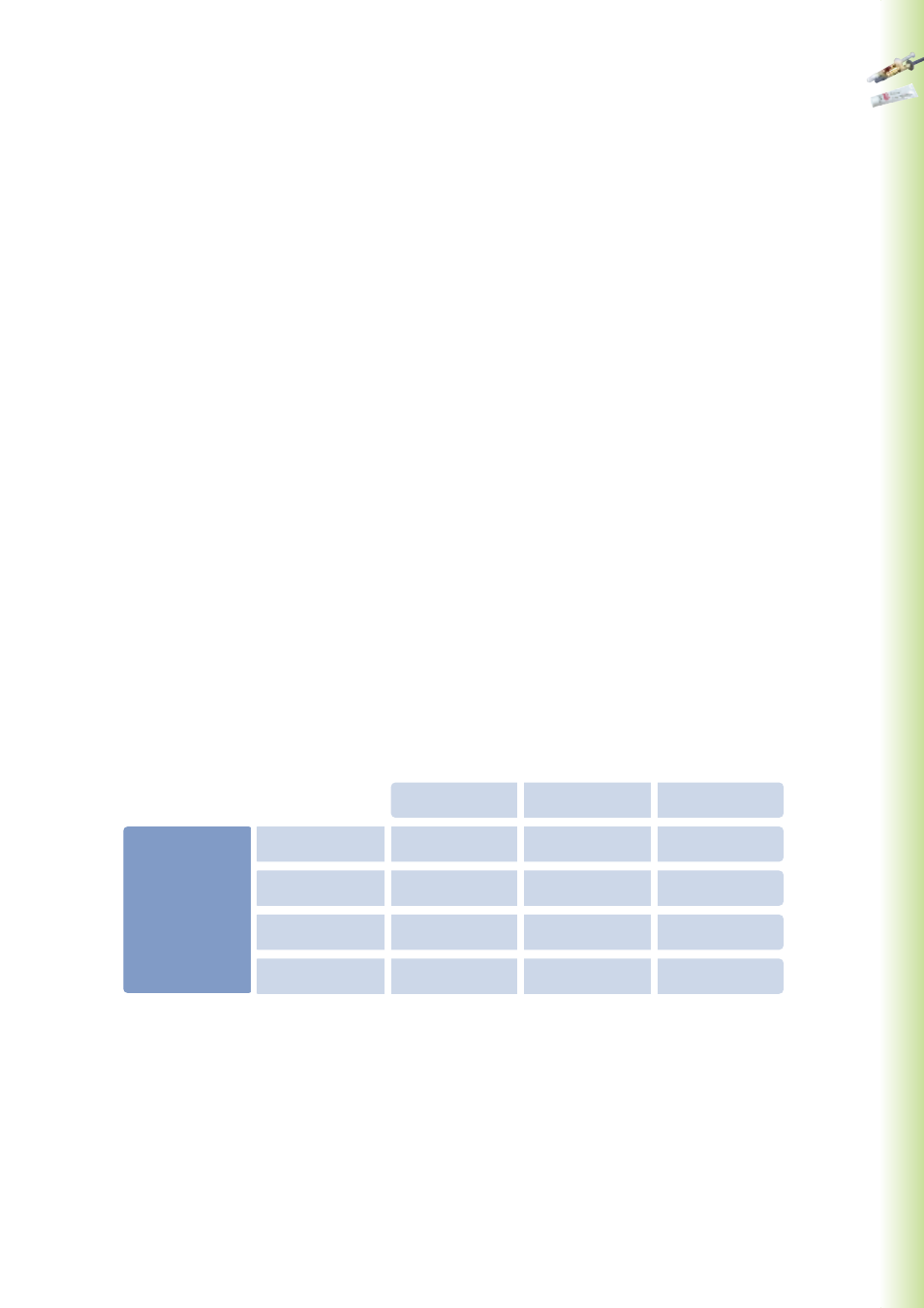E.max, Seating and follow-up care, Possibilities for cementation – Ivoclar Vivadent IPS e.max CAD Labside User Manual
Page 53: Ip s

53
S
e
a
ti
n
g
a
n
d
F
o
ll
o
w
-U
p
C
a
re
e.max
®
CAD
–
Seating and Follow-Up Care
IP
S
Possibilities for Cementation
Possibilities for esthetic cementation are decisive for the harmonious shade effect of an all-ceramic restoration. Depending
of the indication, IPS e.max CAD restorations can be seated using either adhesive, self-adhesive or conventional cementation.
– For the adhesive cementation of IPS e.max CAD restorations, Variolink
®
II, Variolink
®
Veneer or Multilink
®
Automix are
the ideal cements.
– For the self-adhesive cementation of IPS e.max CAD restorations, SpeedCEM is available.
– We recommend using Vivaglass
®
CEM, the glass ionomer cement, for the conventional cementation of IPS e.max CAD.
Definition
•
Adhesive cementation
With adhesive cementation, the bond is also created by static friction, but primarily by the chemical and/or micro-
mechanical bond between the luting material and the restoration, as well as between the luting material and the
preparation. Given the chemical and/or micromechanical bond, retentive preparation is not required. Irrespective of the
cementation material, special adhesive systems are used on the preparation to generate the micromechanical bond with
the dentin and/or enamel.
Adhesive cementation results in enhanced ”(overall) strength” of the seated all-ceramic restoration.
•
Self-adhesive cementation
The cementation material features self-etching properties to the tooth, but not to the restoration, which is why no addi-
tional special conditioning of the tooth surface is necessary. Hence, the adhesion of the restoration is partially achieved
by a micromechanical and/or chemical bond. In order to achieve sufficient bonding strength values, retentive preparation
is recommended.
•
Conventional cementation
In the conventional cementation technique, the bond is achieved nearly exclusively through mechanical friction between
the cementation material and the restoration as well as between the cementation material and the preparation. To
achieve the necessary static friction, retentive preparation with a preparation angle of approximately 4-6° is required.
Conventional cementation does not result in enhanced ”(overall) strength” of the all-ceramic restoration.
✓
Veneers
IPS e.max CAD
––
––
✓
Inlays, Onlays,
Partial Crowns
––
––
✓
Anterior Crowns
✓
✓
✓
Posterior Crowns
✓
✓
Adhesive
Cementation
Self-Adhesive
Cementation
Conventional
Cementation
Cementation possibilities for the different indications
The range of products on offer may vary from country to country
